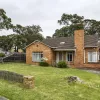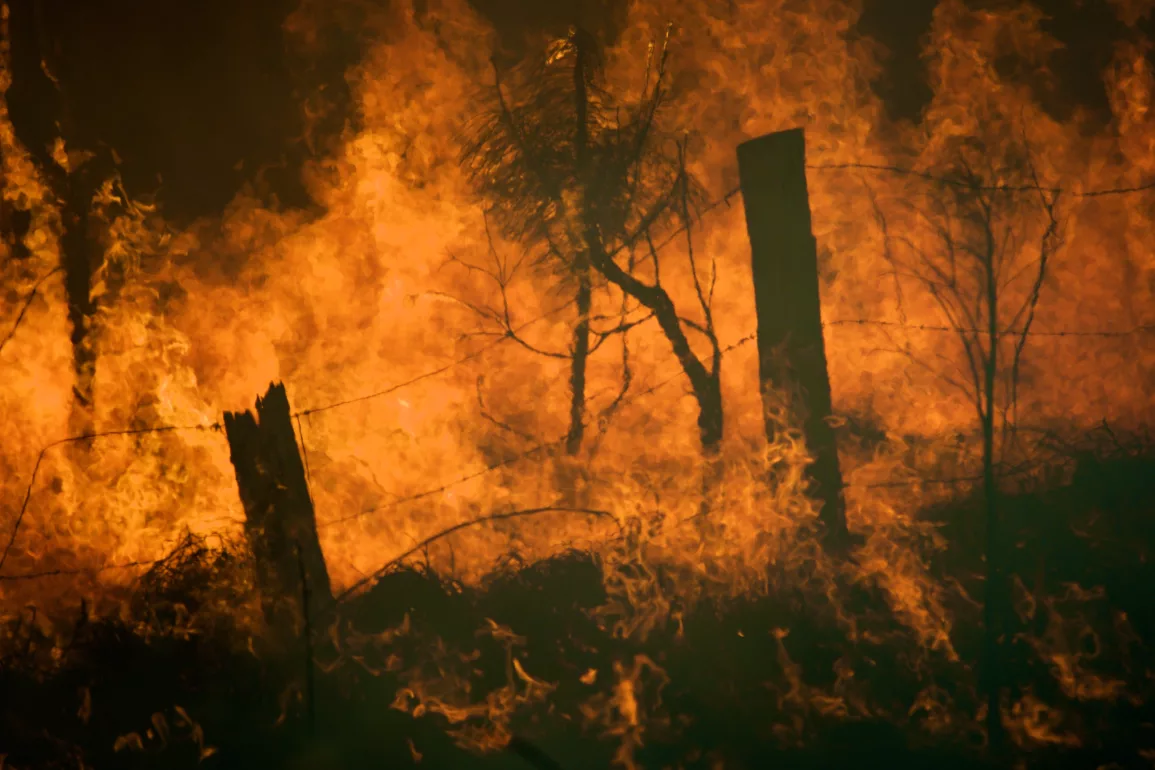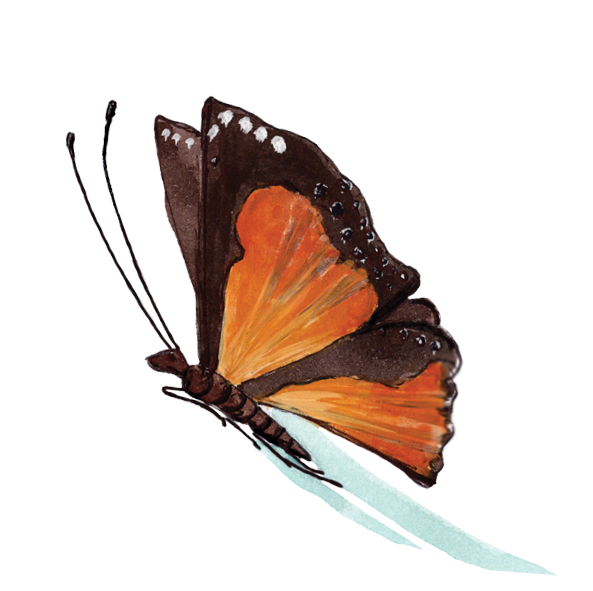Black Thursday, 6th February, 1851
It is believed that the devastating fires began in the Plenty Ranges when a couple of bullock drivers left logs burning unattended, which set fire to long, dry grass affected by a severe drought. The fire hurtled down the course of the Plenty River into the outskirts of Melbourne. It burnt east to Diamond Creek and Dandenong and west through to the Western District. The fires destroyed more than 5 million hectares in Victoria. 12 deaths are recorded. A mother and her 5 children died in their house on their sheep station located between Strathewen and Eltham. At 46.4 C before a strong Southwest change, the weather was very much like 7th February 2009.
Black Sunday, 14 February 1926
Bushfires swept across the Yarra Valley, Dandenong Ranges and Kinglake area. The fires had originated in forest areas on 26 January, but wind gusts of up to 97 km per hour led to the joining of the fire fronts on 14 February. Mt Disappointment to Kinglake Fire originating in Wandong burnt out most of Mt Disappointment and then jumped into Bruce’s Creek, Humevale, Strathewen and Kinglake. No lives lost but many houses burnt.
February 1927
Fire burnt from Arthurs Creek, through St Andrews, Smiths Gully, Panton Hill, Christmas Hills, Watsons Creek, Kangaroo Ground, North Warrandyte, and Warrandyte.
Black Friday, 13th February, 1939
Fires burned almost 2,000,000 hectares (4,900,000 acres) of land in Victoria, where 71 people were killed, and several towns were entirely obliterated. Over 1,300 homes and 69 sawmills were burned, and 3,700 buildings were destroyed or damaged. Flames leapt large distances, giant trees were blown out of the ground by fierce winds and large pieces of burning bark (embers) were carried for kilometres ahead of the main fire front, starting new fires in places that had not yet been affected by flames. The townships of Warrandyte, and Yarra Glen, were badly damaged. The Strathewen area was badly affected. On 13 January, the day of the fires, temperatures reached 45.6 °C (114.1 °F), which stood as the hottest day officially recorded in Melbourne for the next 70 years. (Unofficial records show temperatures of around 47 °C (117 °F) were reported on the Black Thursday on 6 February 1851).
14th January, 1944
Fire burnt from Wattle Glen through to Research. Ten houses were destroyed and approximately 700 hectares were burnt.
28th February 1957
Fires started in Plenty Gorge and burnt through Plenty, Diamond Creek, St Helena and Greensborough. One person was killed, six houses and a church were destroyed.
14th-16th January 1962
Fires in the Dandenong Ranges and Melbourne’s outskirts killed 32 and destroyed more than 450 houses. Areas affected included The Basin, Strathewan,Christmas Hills, Kinglake, St Andrews, Panton Hill Hurstbridge (47), Warrandyte (111) and Eltham (35) and Mitcham. (House Loss)
3rd March, 1965
Fires burnt through St Helena and North Eltham. Another fire started in Research and burnt through North Warrandyte, jumping the Yarra River into Warrandyte. In all, three lives were lost and fifteen houses destroyed.
Black Wednesday, 8th January 1969
Fire started in Diamond Creek with a north westerly wind behind it. The fire burnt through Diamond Creek, St Helena, North Eltham, Research, Kangaroo Ground, and North Warrandyte.
Not long afterwards another fire started in Laceys Road, Cottlesbridge. The fire burnt through Panton Hill. The fire originally had a north westerly wind behind it and it crossed Gossfield Road and burnt towards the Panton Hill township. The combination of a stand by the Brigade at the former school pine plantation and a sudden wind change to a south westerly saved the Panton Hill township. The fire crossed Church Road and then the Kangaroo Ground – St Andrews Road north of the township. It burnt down Long Gully Road and also crossed Red Shirt Gully Road and Duffs Road. The Brigade managed to slow it down at Goldmans Road, and at Broad Acres Road. Later in the night the Brigade had to assist at the fire in Kangaroo Ground that had started to burn towards Watery Gully Road with a south westerly behind it.
In all, 54 houses were destroyed in the former Shire of Eltham.
January 1991
Fire started at Pound Bend and burned across the Yarra River into North Warrandyte burning a total of 45 hectares.
Black Saturday, 7th February, 2009
The Kilmore East fire burnt through Wandong, Mount Disappointment, Humevale, Kinglake, Kinglake West, Strathewen, St Andrews, Chum Creek, Steels Creek, Arthurs Creek, Flowerdale, Broadford, Healesville and Toolangi. In this fire, 119 people died, 232 were injured and 1242 homes were lost. Strathewan was hit hard, 25 of the 215 residents died and 52 homes destroyed, St. Andrews 12 died and 65 homes destroyed. In Kinglake 38 people died.
In the lead up to Black Saturday, Victoria was hit with a brutal heatwave. Melbourne endured temperatures over 43°C for three consecutive days, exacerbating the already dire effects of a long-term drought. The situation reached critical levels when temperatures soared to 46°C on February 7th, creating extreme fire risk conditions.
Later that day, unpredictable fire paths were caused by wind gusts exceeding 100 km/h, which abruptly changed direction.
The Black Saturday bushfires were unique, due to their swift ignition, the ferocity of their flames, and their tendency to spread in “pulses.” These fires could spot up to 35 kilometres ahead of their front, spawning their own weather patterns which triggered storm clouds and lightning strikes, leading to further fires.




